We earn a commission from partner links on this site. This doesn’t affect our opinions or evaluations.
Updated on
When searching for online course creation software, you’ll quickly discover that no single solution handles everything. The various tasks require different specialized tools and applications.
To create an online course, you must develop eye-catching graphics, capture and refine concise videos, and craft scripts that transform your audience’s understanding of your subject matter. Additionally, you’ll need to organize and coordinate these tasks while hosting all content on a platform that provides seamless access for your learners.
Throughout this article, we’ll explore 31 distinct course creation tools and software options designed to streamline and accelerate your development process. You won’t require all these resources. Rather, consider this compilation as a selection from which you can choose what best suits your specific needs.
Let’s explore these options.
Online course creation tools focus primarily on developing and scripting your course content. This involves drafting and finalizing scripts while designing essential supporting resources such as handouts, visuals, or downloadable templates.
This application’s robust word-processing capabilities place it at the forefront of our recommendations. Its user-friendly interface pairs perfectly with numerous helpful add-ons.
Since Google Docs operates in the cloud, you can access your materials from any device with internet connectivity. This feature also enhances collaboration and sharing opportunities. Simply adjust your sharing permissions and distribute a link to your collaborators.
You can leverage Google Docs to draft and refine your scripts, reference materials, and workbooks. You can polish your course content before transferring it to another application, such as Canva.
Google Docs stands as a strong alternative to Microsoft Word without requiring any subscription or recurring payments. It comes included with your complimentary Google account.
Similar to Google Docs, Google Slides comes free with every Google account. It functions as PowerPoint’s counterpart with an intuitive interface. This proves particularly valuable since most course creators incorporate slides as visual aids when planning and recording their educational content.
Beyond presentations, you can utilize slides as digital sticky notes due to their easy repositioning. When used this way, you can develop a comprehensive course blueprint highlighting each lesson’s objectives, material, and expected outcomes.

Although numerous AI tools for course creation exist on the market, ChatGPT consistently emerges as a frontrunner. This user-friendly content generation platform assists with ideation, writing enhancement, and module structuring.
This versatile content development tool offers so many applications that we’ve compiled more than 100 ChatGPT prompts specifically designed to support you throughout your course design and development journey.
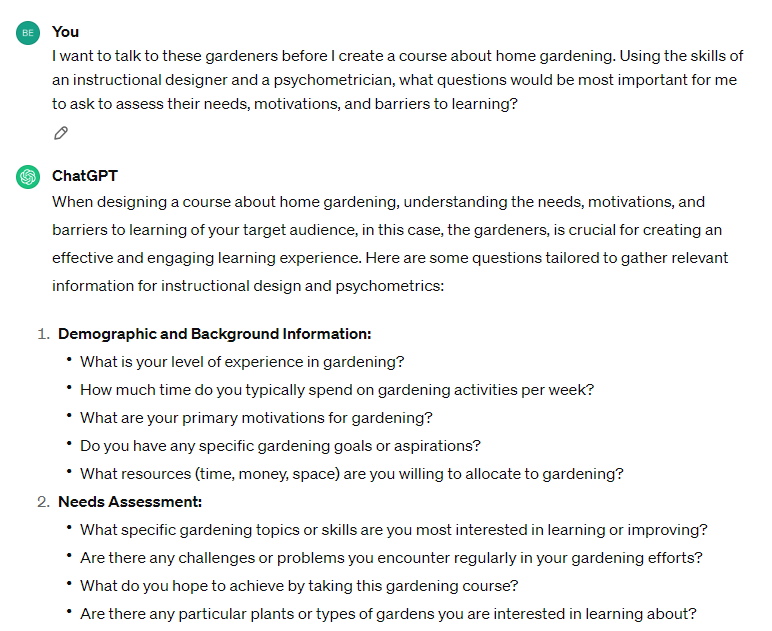
This tool demonstrates such remarkable capabilities that it warrants a note of caution. ChatGPT functions ethically as your creative assistant. However, developing courses exclusively with ChatGPT-generated content will merely reproduce information already available online. You must infuse your unique personality, viewpoint, and specialized knowledge.
The complimentary version of ChatGPT 3.5 provides sufficient functionality for text generation purposes. For those seeking enhanced capabilities, consider exploring ChatGPT 4.0, currently priced at $20/month.
Since corporate environments require comprehensive tracking of employee training completion, their learning management systems incorporate sophisticated monitoring features. These systems demand SCORM compliance.
Standard video courses lack compatibility with these systems. Instead, corporate training materials are developed using specialized course authoring tools:
Both iSpring and Articulate function as PowerPoint-based applications, necessitating both a Microsoft Office 365 subscription and the authoring service membership. Conversely, Captivate operates as an independent authoring application.
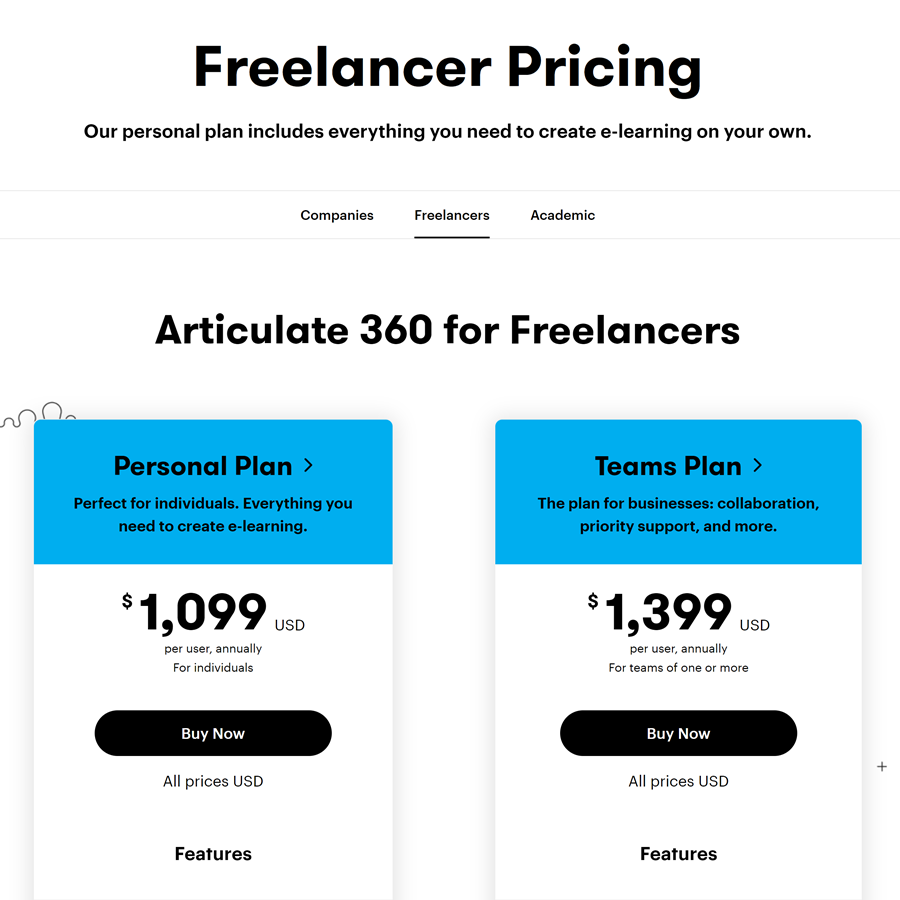
Course authoring tools represent a significant investment. Fortunately, all providers offer complimentary trial periods, while iSpring and Articulate provide specialized discount packages specifically designed for independent professionals.
Within just a few years, Canva has superseded many traditional design applications to emerge as an industry leader for creating visual presentations, graphics, and printable materials. Its seamless integration with an extensive and easily searchable repository of royalty-free images, graphics, and customizable templates has fueled its widespread adoption.
The platform features such an intuitive user interface that minimal instruction is required to produce desired results. For those interested in expanding their visual design knowledge and exploring Canva’s capabilities further, the company offers their complimentary Design School packed with comprehensive online training tutorials.

Course authoring tools represent a significant investment. Fortunately, all providers offer complimentary trial periods, while iSpring and Articulate provide specialized discount packages specifically designed for independent professionals.
Within just a few years, Canva has superseded many traditional design applications to emerge as an industry leader for creating visual presentations, graphics, and printable materials. Its seamless integration with an extensive and easily searchable repository of royalty-free images, graphics, and customizable templates has fueled its widespread adoption.
The platform features such an intuitive user interface that minimal instruction is required to produce desired results. For those interested in expanding their visual design knowledge and exploring Canva’s capabilities further, the company offers their complimentary Design School packed with comprehensive online training tutorials.
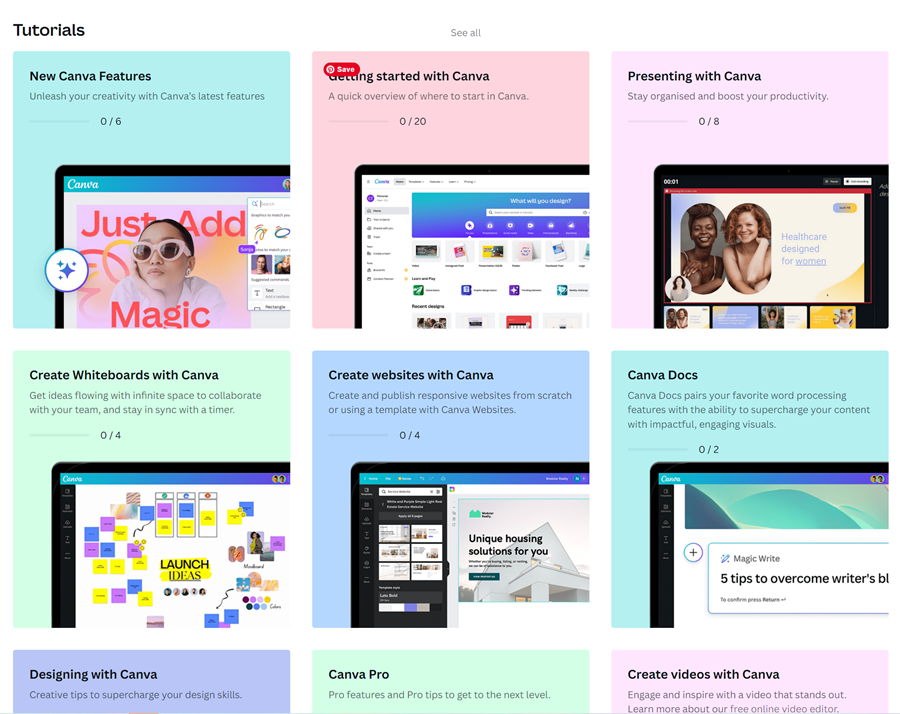
Canva provides a complimentary basic account while offering expanded graphics and template options through its Pro subscription, available for $12.99 monthly or $119.99 annually.
Wobo enables you to develop dynamic, interactive workbooks. Unlike conventional static workbooks, such as those delivered as PDFs, you can incorporate various engaging elements including video embeds and assessment quizzes.
Your learners can complete the workbook exercises, record personal notes, and even submit file uploads. You maintain visibility of their progression and can establish private communication channels with individual students.
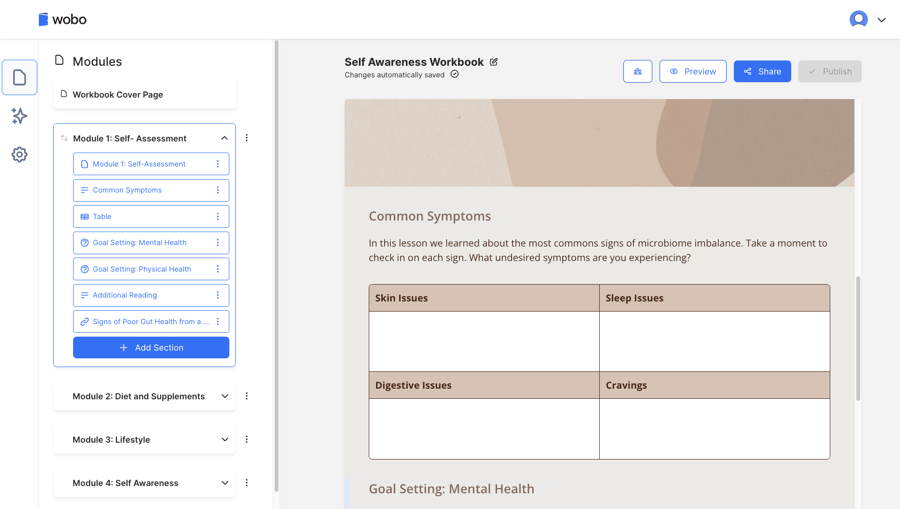
Wobo workbooks serve as exceptional companions to any educational program, fostering active student participation and strengthening knowledge retention. We’ve developed a comprehensive tutorial on how to create a digital workbook with Wobo.
Wobo subscriptions cost $39.99 monthly for the Basic membership or $79.99 monthly for the enhanced Pro package.
If developing slide presentations or workbooks triggers apprehension, Creative Market provides the perfect solution.
Creative Market functions as an online marketplace where skilled graphic designers offer fonts, photographs, themes, and templates that enhance the visual distinction of your projects.
Their robust search functionality proves invaluable given the extensive array of creative assets available. Consider incorporating these specific descriptors when using the search feature:
After selecting your desired item, you’ll need to choose an appropriate license type. Pricing varies significantly depending on the creator and license category. You might secure a workbook for less than $20 or invest in a comprehensive asset collection exceeding $1,000.
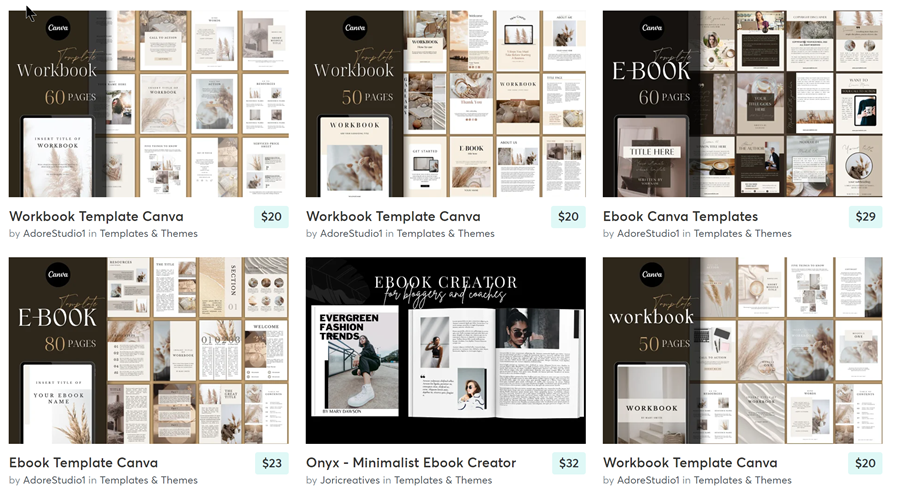
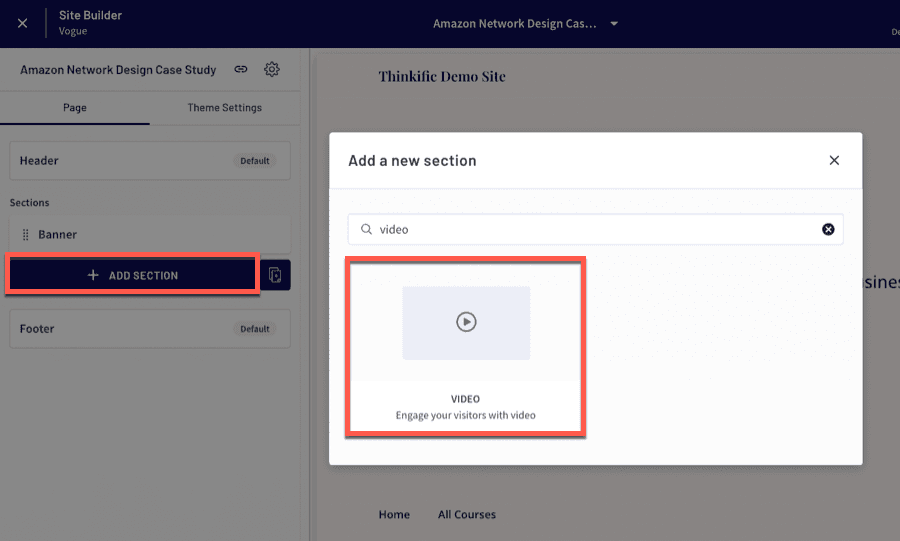
The majority of online courses utilize video as their primary delivery method. This approach proves effective because video content establishes emotional connections while engaging our visual perception.
Below are several tools and software solutions we recommend for producing high-quality video content.
Most instructional videos require screen recording to demonstrate processes or share presentations. You’ll also need editing capabilities to incorporate title screens or eliminate hesitations and mistakes from your recording.
Our leading recommendations for screencasting software include:
With these software solutions, professional video expertise becomes unnecessary, eliminating countless hours of troubleshooting while enabling you to produce polished content you’ll confidently share.
9. Blue Yeti Microphone
While numerous excellent microphones exist on the market, the Blue Yeti Microphone remains among the most widely adopted USB microphones due to its exceptional reliability and affordability.

If you’re using an alternative microphone and feel uncertain about its performance, consider capturing a brief audio sample and evaluating it through your highest-quality headphones. Ensure your recording stands up favorably when compared to professional audio from respected news broadcasts or podcast productions.
When evaluating your audio quality, focus on these critical factors:
You needn’t invest extensively if you currently lack a high-quality camera. The Logitech Brio 4K HD Webcam delivers impressive performance at a reasonable price point. Its integrated microphone enhances the portability of this compact camera, making it particularly suitable for travel situations. Nevertheless, optimal audio quality generally results from utilizing a dedicated external microphone.
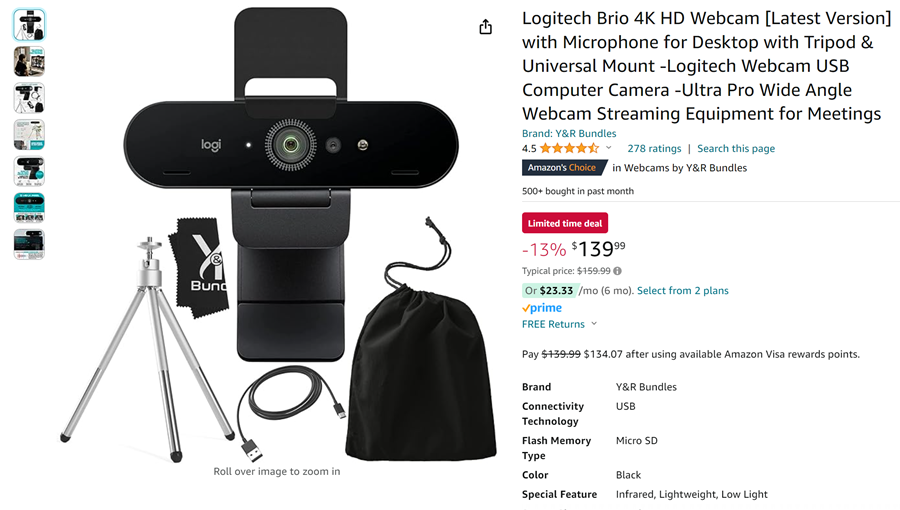
Murf.ai is an innovative solution that transforms your written content into professional audio narration. Several compelling reasons exist for exploring this type of service:
Murf offers intuitive functionality and provides numerous voice options to select from. Certain word pronunciations may occasionally require adjustment, which you can easily modify manually.
For projects that would benefit from AI-generated narration, Murf.ai delivers excellent value for the investment.
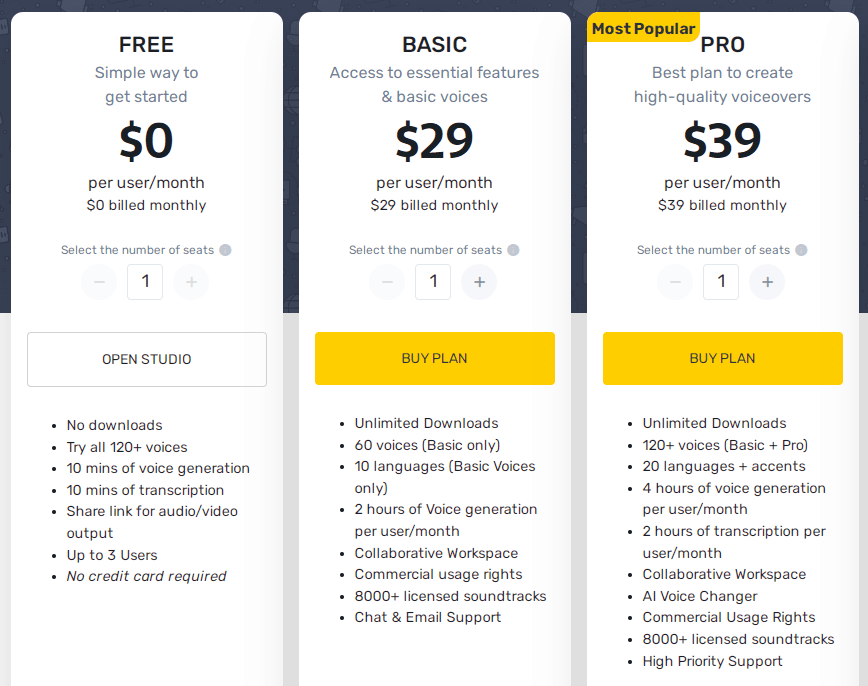
Using Synthesia, you can transform your written content into AI-powered videos, featuring virtual presenters with realistic voices. This innovative tool offers tremendous time-saving benefits by enabling rapid creation of professional educational materials.
Synthesia additionally provides capabilities to create digital doubles that mirror a specific individual’s appearance and vocal characteristics. Such an AI representative proves particularly valuable for creators dealing with unpredictable availability, speech challenges, physical limitations, or ongoing health conditions.
Selecting appropriate organizational tools for course development varies depending on project complexity and team size. Let’s explore software solutions that help maintain project timelines effectively.
Your course project planning fundamentally requires a well-structured outline of anticipated workload.
This process begins with developing your comprehensive course framework. With meticulously organized content planning, you can prevent disorganization and feature expansion while maintaining production deadlines.
Our complimentary Course Outline Generator utilizes artificial intelligence to produce exceptional course structures. The companion resource accompanying this generator tool contains valuable recommendations for tailoring outlines to specific instructional objectives.
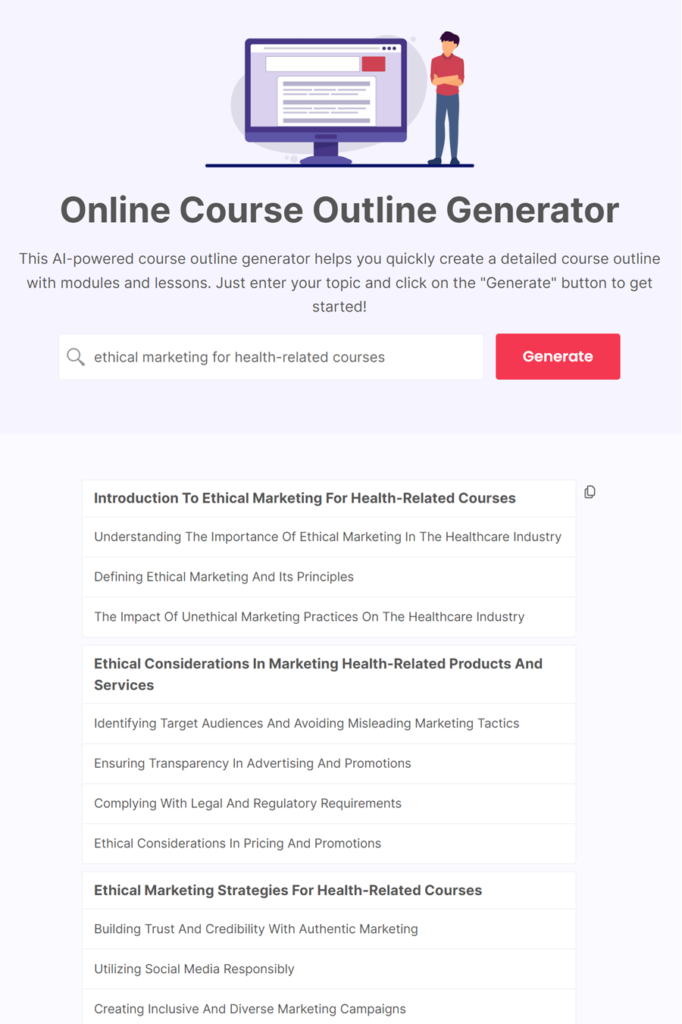
Selecting an appropriate course title often proves more challenging than choosing names for family members. Our complimentary Course Name Generator assists with ideation and discovering that ideal educational program title.
Review the supplementary article for valuable insights on selecting effective names for your digital learning experiences.
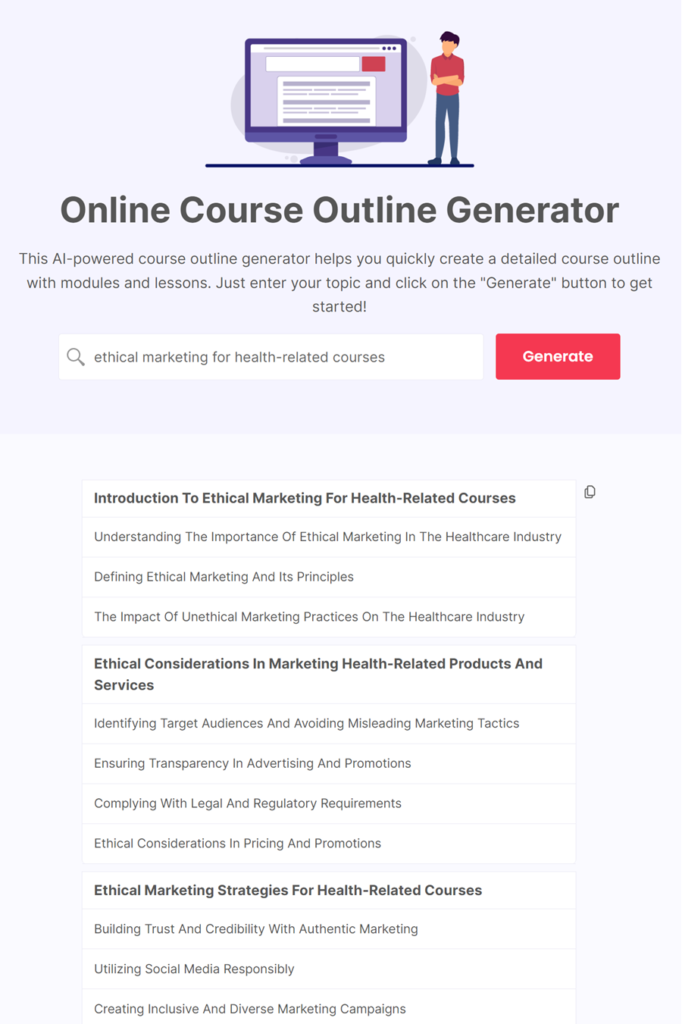
Google Sheets was not originally designed as project management software, however its straightforward interface provides excellent functionality for coordinating projects when working independently or collaborating with a small team of contractors.
The essential strategy for utilizing Google Sheets effectively in course development involves structuring tasks according to your comprehensive course framework.
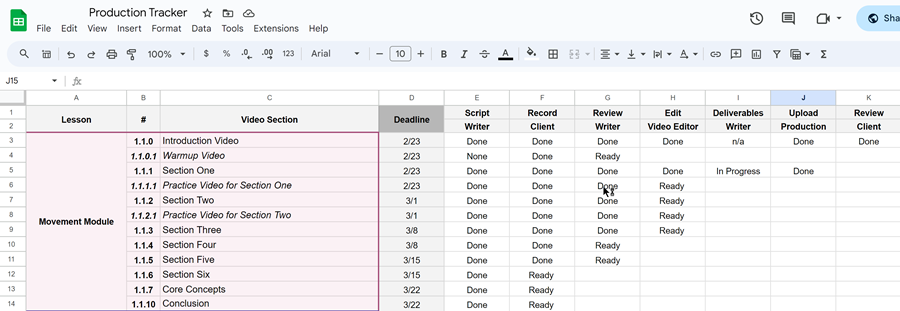


Without implementing organized storage architecture for educational materials, file management becomes problematic, leading to inefficiency and unnecessary complications.
Typically, establishing directories for individual course modules proves beneficial. Within these primary module containers, you can develop secondary directories for specific lessons. Components stored within these structured repositories commonly include:
Below illustrates the organizational structure implemented for educational content in a course currently under development.
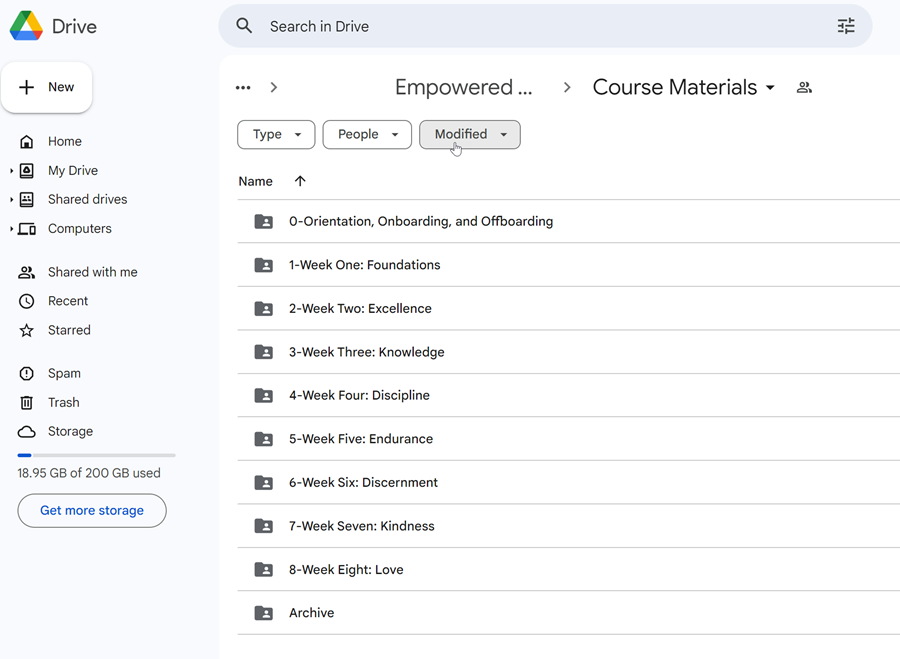
Google Keep serves as an outstanding solution for documenting spontaneous thoughts and concepts while mobile. Despite numerous available note-capturing applications, Google Keep earns our highest recommendation due to its seamless integration with the complete Google ecosystem.
Google Keep requires no payment and remains accessible across both desktop and mobile platforms. Users can effortlessly capture concepts, inspirations, or references and retrieve them when ready to address related activities.
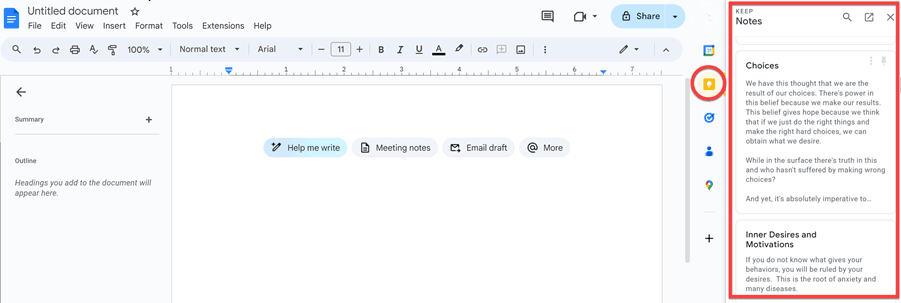
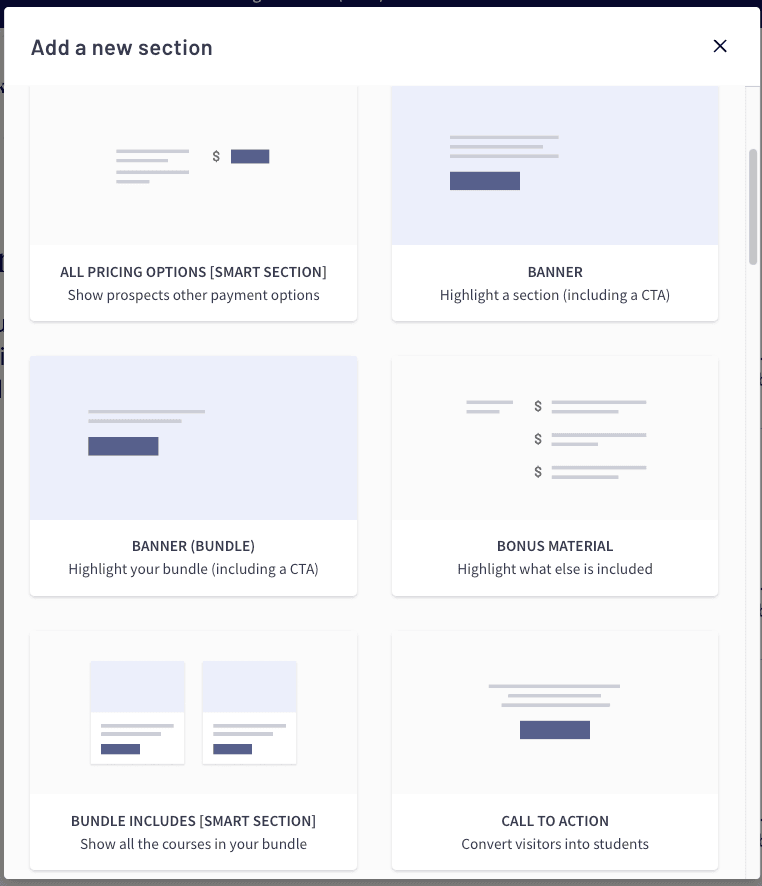
We endorse Kajabi as the superior comprehensive solution for educational content creation. Similarly, Kajabi provides exceptional course development tools, including complimentary and customized mobile applications.
Kajabi additionally serves as your website development system, content publishing platform, email marketing solution, sales funnel architecture, and numerous other functions. Therefore, despite higher investment requirements than alternative platforms, it potentially eliminates expenses for multiple separate technologies.
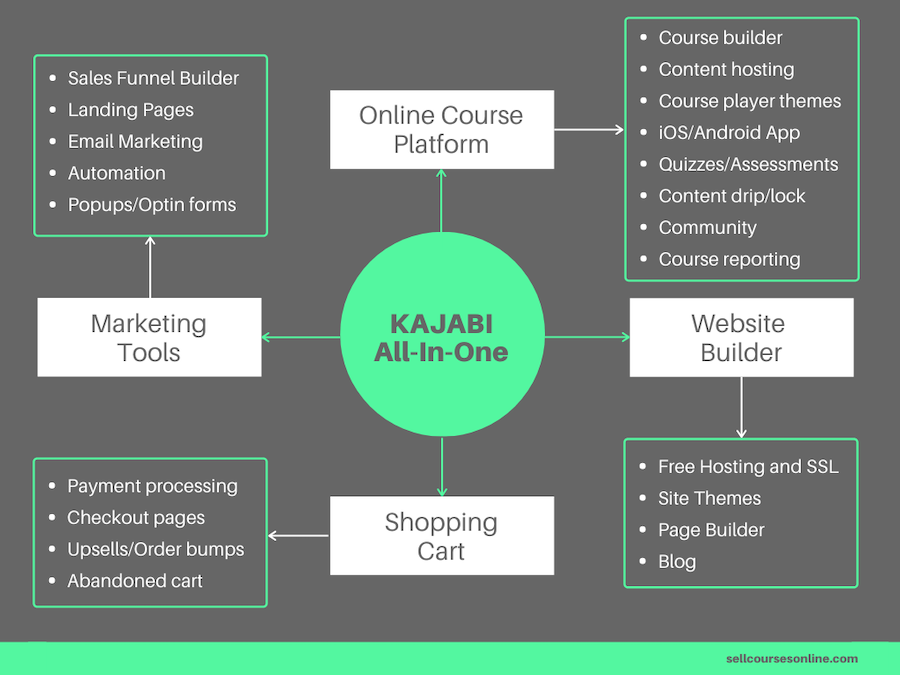
Check out our comprehensive Kajabi review for deeper insights into its functionality and configuration options.
The boundaries are increasingly fading as courses, online communities, and memberships evolve together. This natural progression has created platforms offering versatile solutions that transcend their original design purpose.
Circle perfectly illustrates this trend. Within Circle communities, you can develop discussion threads, publish comprehensive articles, establish group conversations, host live gatherings, and even deliver complete online courses.
Circle stands out as an ideal platform whether you’re launching a dedicated community or enhancing your course with interactive elements. Explore our detailed Circle review to discover its full potential.
Facebook remains a straightforward platform for establishing course-supporting communities. Many potential students are already comfortable navigating Facebook, making it an effective channel for connection and meaningful interaction.
If you’re planning to utilize a Facebook group as your course community hub, take advantage of our Facebook group name generator and our comprehensive guide on greeting new Facebook group members, which can help boost participation.
Google Meet enables real-time content delivery to your audience. This complimentary option comes included with your Google account and provides seamless access for participants via a simple link. Additionally, it integrates perfectly with other Google applications, including Gmail and Google Calendar.
Your standard Google account includes a 60-minute session restriction, but upgrading to a Google Workspace subscription for your educational business extends this limit to 24 hours and unlocks numerous additional capabilities.

Although Google Meet offers a cost-free solution, numerous digital education entrepreneurs continue leveraging Zoom due to its proven dependability, widespread user familiarity, and extensive compatibility with various online platforms and course development applications.
The free version of Zoom restricts sessions to 40 minutes. Consequently, if Zoom better suits your teaching approach, you’ll most likely need to invest in a subscription plan starting at $159.90/year.
When your learning platform lacks sufficient video hosting capabilities or imposes restrictive storage limitations, utilizing dedicated video hosting platforms becomes essential. Vimeo stands as our top recommendation for this purpose.
Vimeo delivers a superior viewing experience compared to complimentary alternatives like YouTube by allowing your students to watch content without interruptions from advertisements or distracting suggested videos.
Consider these primary advantages that drive educators to select Vimeo for instructional and promotional videos:
Vimeo provides four distinct subscription tiers, ranging from a no-cost option to premium packages at $65/month. Carefully evaluate each option to determine which aligns best with your specific requirements.
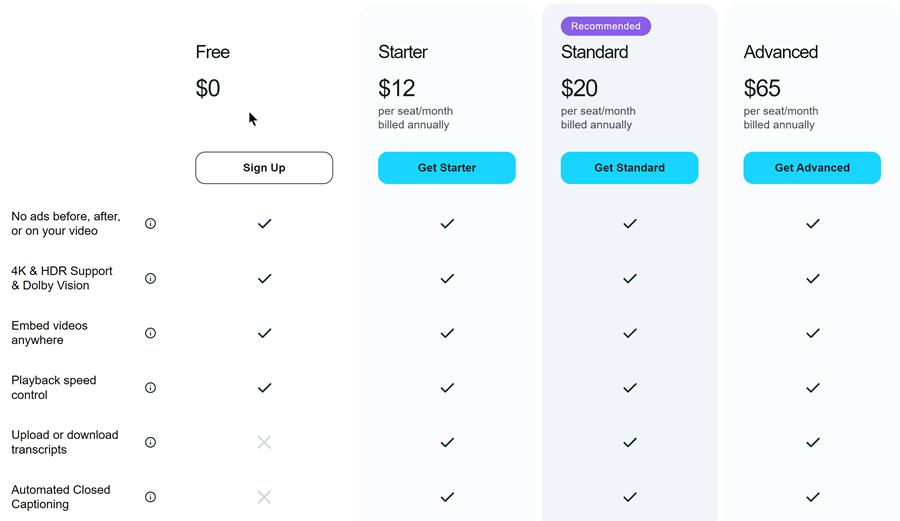
Let’s explore various supplementary resources. Educational entrepreneurs utilize these specialized applications and software solutions that transcend standard categorization.
For a streamlined approach to developing your next condensed learning module, explore Mini Course Generator. This innovative platform transforms your instructional concept using artificial intelligence to construct comprehensive mini-courses, complete with visual elements and narrative content. Naturally, you maintain full editorial control to refine every aspect until it perfectly matches your vision.
These compact educational offerings function primarily as audience attraction tools designed to engage potential students who demonstrate interest in your subject matter and teaching perspective. Additionally, they serve effectively as concise learning segments within your comprehensive course structure.
Mini Course Generator provides complimentary access to create three compact learning modules, with an optional Premium subscription available at $15/month unlocking unlimited course creation and enhanced capabilities.
Establishing direct communication with your target audience represents one of the most powerful strategies for delivering meaningful educational outcomes. Acuity Scheduling transforms this aspiration into reality.
Acuity Scheduling enables prospective clients to view your schedule openings and book appointments independently. This versatile tool facilitates conducting market research conversations for course development, or implementing comprehensive coaching sessions for students seeking knowledge beyond your standard curriculum.
Email marketing platforms rank among the essential resources for every educational entrepreneur. You’ll leverage these tools to generate prospects, maintain consistent audience communication, and promote your educational products. Additionally, you can develop email-based instructional sequences functioning as audience attraction mechanisms.
ConvertKit stands as our preferred email solution due to its robust functionality paired with intuitive operation. If you’re searching for an initial email service provider or contemplating a transition from your current platform, explore our comprehensive ConvertKit analysis.
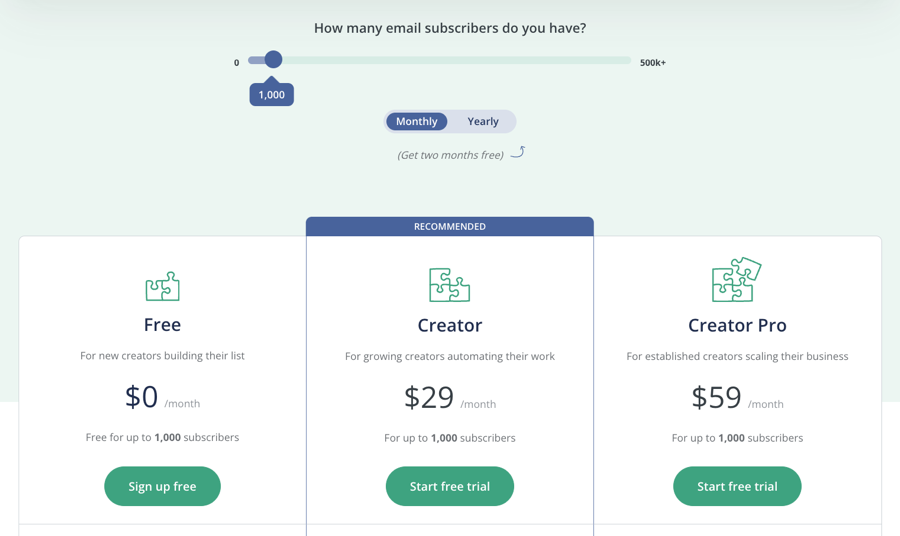
For subscriber bases below 1000 contacts, you can access newsletter functionality without charge, while automated email sequences require a subscription starting at $29/month. Remember that pricing adjusts proportionally as your subscriber database expands.
Google Forms provides complimentary survey creation capabilities with any standard Google account.
These versatile questionnaires prove valuable throughout numerous phases of educational content development.
Google Forms offers straightforward configuration and distribution options. Submitted information automatically populates spreadsheets for deeper analytical review.
While premium alternatives like Jotform, Typeform, or Paperform deliver enhanced capabilities, Google Forms serves as an excellent entry-level solution.
Zapier functions as an integration platform connecting diverse software applications. It enables you to leverage activities within one system to initiate corresponding actions within entirely separate platforms.
Consider these popular implementation examples:
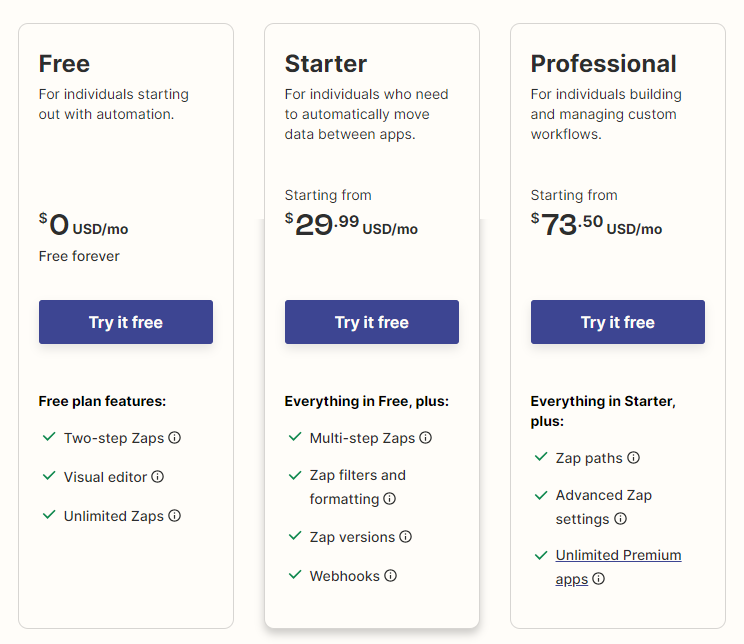
When specific elements of course development or production become bottlenecks or sources of tension, outsourcing these components at affordable rates can effectively remove these obstacles from your workflow.
Upwork functions as a talent marketplace connecting businesses with independent professionals. Educational content developers might benefit from collaborating with these specialists:
Educational content development encompasses numerous specialized skills, and recognizing that collaborative approaches exist provides welcome reassurance.
Developing educational content requires substantial investment of effort, yet innovative applications for creating digital training materials continuously emerge, enabling us to complete projects with enhanced professionalism and reduced timeframes.
While the fascination with cutting-edge technological solutions proves enticing, maintaining focus on their fundamental purpose remains essential. These tools facilitate meaningful connections with our audience and reinforce our capability to guide them from their current circumstances toward their desired outcomes.
Which application or software solution captures your interest most prominently? Did we overlook any essential resources? Share your thoughts in the comments section, as we genuinely value your perspective.
You need a good microphone, like the Blue Yeti, a decent camera, like the Brio 4K HD, and a screen capture tool, like Screen Pal and Camtasia. Once recorded, a good video edit will improve the engagement of your completed video.
AI can help with every course creation stage, from when the idea forms in your head to creating your videos. You can use ChatGPT to brainstorm ideas, write video scripts, and do more. Then other tools like Murf.ai and Synthesia can be useful for your course videos.
We recommend Thinkific as the best all-around course platform and Kajabi as the best all-in-one platform. The best choice for you depends on your needs. You can read our Kajabi vs Thinkific comparison to decide which is best for you.
Course authoring software builds computer-based training for corporations. It creates an automated presentation that is interactive with questions and prompts. Most course authoring software is SCORM-compliant to work with a corporation’s learning management software.

Zara Moreen contributes her talents as a content writer at sellingonlinecoursesguide.com, where she creates engaging and informative content that guides course creators through the intricacies of online education. Her writing helps demystify the process of creating and selling online courses while providing practical value to the platform's readers.

Zara Moreen contributes her talents as a content writer at sellingonlinecoursesguide.com, where she creates engaging and informative content that guides course creators through the intricacies of online education. Her writing helps demystify the process of creating and selling online courses while providing practical value to the platform’s readers.

We respect your privacy and will never spam you.